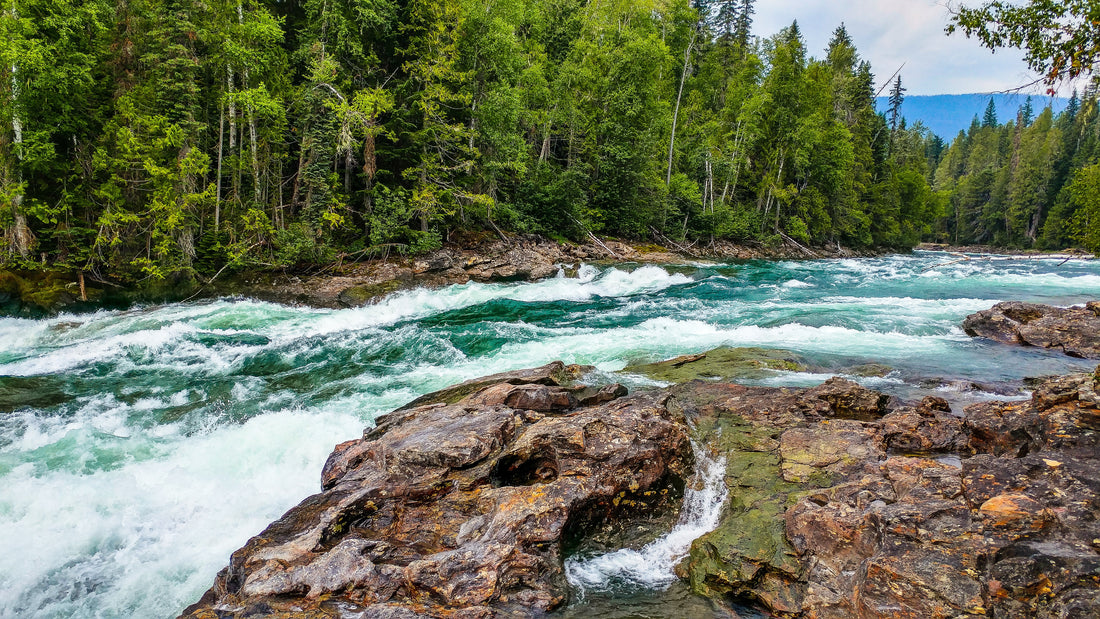When it comes to fly fishing, one of the most important skills you can develop is the ability to read the river. By understanding the water's currents, structure, and depth, you can find the most productive areas to fish and increase your chances of success. Here are some tips to help you read the river during fly fishing:
Look for current seams
Current seams are where two different currents come together, creating a visible line on the surface of the water. These seams can be a great place to fish, as they often concentrate food and attract fish. Cast your fly to the seam and let it drift naturally with the current. Fish can be found on either side of the seam, so be sure to cover both sides.
Identify riffles and runs
Riffles and runs are areas of fast-moving water, often characterized by a bubbly, broken surface. These areas can be productive for fishing, as they provide oxygenated water and cover for fish. Look for areas where the water is broken and moving quickly, and focus your fishing efforts there. Fish may be feeding on nymphs or other small insects in these areas, so consider using a nymph or emerger pattern.
Pay attention to structure
Fish often congregate near structure, such as rocks, logs, and submerged vegetation. These areas can provide cover and protection from the current, as well as a source of food. Look for areas where the water is deeper and slower, and cast your fly near structure. Fish may be holding close to the structure, so be sure to get your fly in close.
Consider the depth of the water
Fish can be found at all depths of the water column, but different species may prefer different depths. Use a sinking line or add weight to your fly to fish deeper water, or use a dry fly or indicator to fish shallower water. Pay attention to the speed of the current, as this can affect the depth at which fish are holding.
Watch for rising fish
Rising fish are a sure sign that there is insect activity on the water. Look for fish breaking the surface to feed on insects, and try to match the hatch with your fly selection. If you're not sure what the fish are feeding on, try a general attractor pattern that imitates a variety of insects.
Consider the time of day
Fish may be more active at different times of the day. In general, fish are more active in the morning and evening, and less active during the middle of the day. Adjust your fishing tactics accordingly. During midday, fish may be holding in deeper water or near structure, so focus your efforts in those areas.
Reading the river takes practice, and it's important to remember that no two rivers are exactly the same. Pay attention to the water, and use your observations to adjust your fishing tactics. By understanding the water's currents, structure, and depth, you can find the most productive areas to fish and increase your chances of success. Good luck and tight lines!

